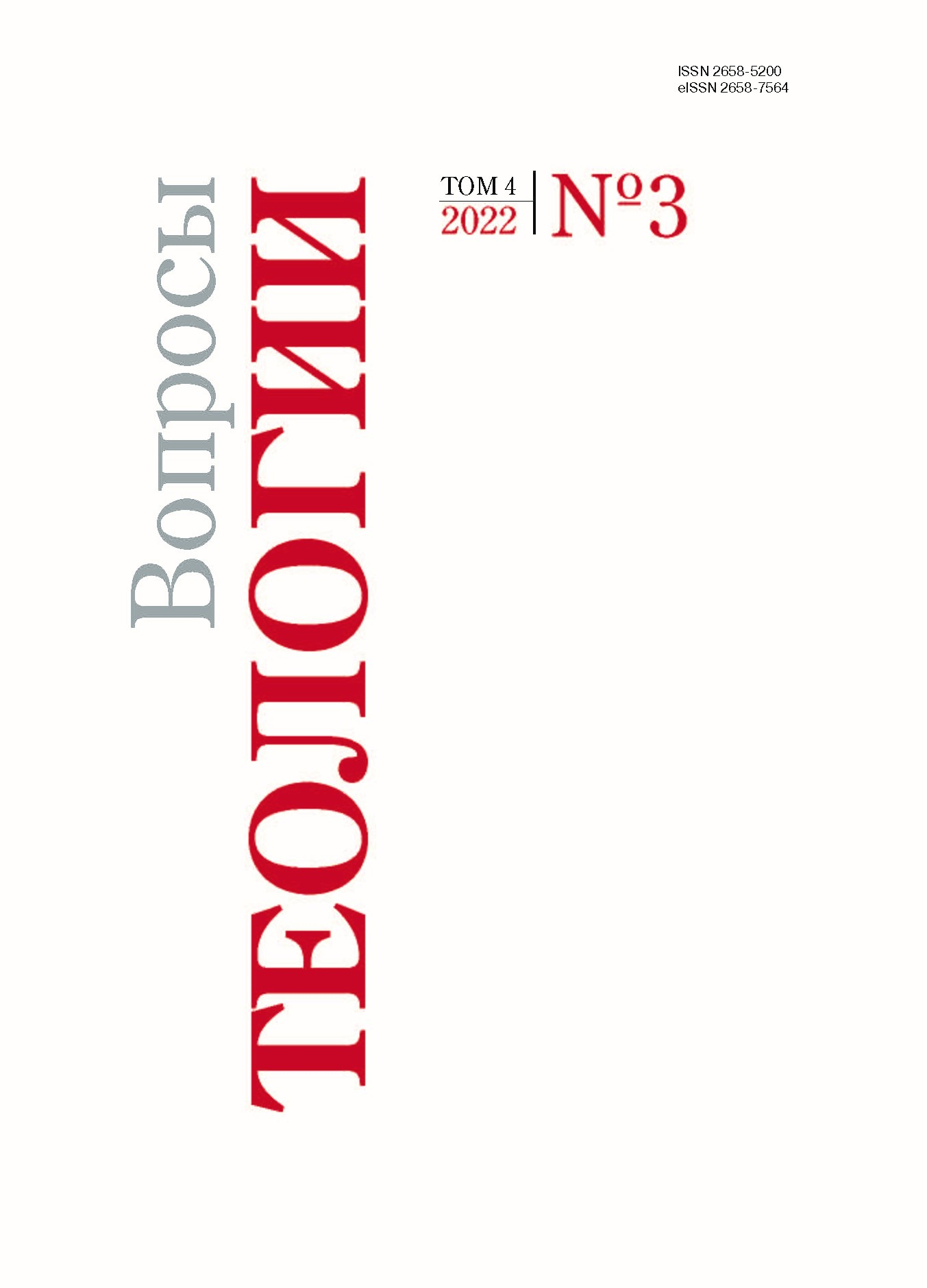«Тварь покорилась суете не добровольно»: дискуссия о влиянии грехопадения на живую природу в свете развития палеонтологического знания
DOI:
https://doi.org/10.21638/spbu28.2022.303Аннотация
Статья посвящена дискуссии о связи хищничества и смерти животных с грехопадением человека, спровоцированной становлением палеонтологии как науки в первой половине XIX в. Рассмотрена предыстория представлений об изначальном миролюбии живых существ, восходящая к ранним Отцам Церкви. Проанализированы аргументы У. Бакленда, Х. Миллера, Э. Хичкока и других ученых и богословов, пытавшихся с христианской точки зрения осмыслить тот факт, что еще задолго до появления человека живая природа, как стало ясно из ископаемых находок, была охвачена взаимной враждой. В этом контексте обсуждаются ранние палеореконструкции, акцентировавшие жестокость доисторического мира в противоположность традиционной вере в райскую идиллию. Особое внимание уделено взглядам тех, кто продолжал защищать учение о рае как о гармоничном содружестве живой природы, несмотря на открытия палеонтологии. На этих позициях стояли главным образом «библейские геологи», идейные предшественники современных младоземельных креационистов. Рассмотрены предположения шотландского теолога У. Гиллиспи, связывавшего существование хищничества в далеком прошлом с грехопадением Сатаны. Делается вывод, что пересмотр воззрений на райское состояние в западном христианстве начался еще в додарвиновскую эпоху и затем был завершен под влиянием эволюционизма.
Ключевые слова:
грехопадение, эволюция, рай, шесть дней творения, Книга Бытия, наука и религия
Скачивания
Библиографические ссылки
References
Загрузки
Опубликован
Выпуск
Раздел
Лицензия
Статьи журнала «Вопросы теологии» находятся в открытом доступе и распространяются в соответствии с условиями Лицензионного Договора с Санкт-Петербургским государственным университетом, который бесплатно предоставляет авторам неограниченное распространение и самостоятельное архивирование.




